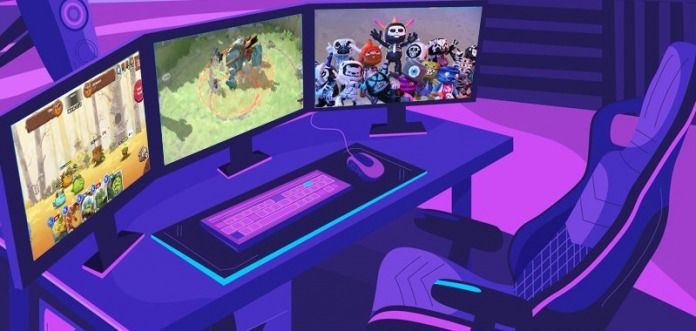
There’s been a lot of discussion about how P2E games can attract more traditional gamers. And while there have been a number of different ways that P2E creators have gone about this, it seems that the simplest way to go about this is to take a leaf from the Web2 playbook: to use game design strategies that have been proven to work well – particularly when it comes to shelf life.
The default mindset in crypto and Web3 is that everything needs to last forever. When a token crashes or a platform falls out of use, it is considered a failure. But in the gaming industry, games are expected to have an expiration date. It’s accepted – and expected – that players will enjoy them and then eventually move on.
There are exceptions to this rule. Hardcore games like World of Warcraft and Call of Duty for example, have loyal fan bases. However, when we talk about mid-core and casual games it is very common for them to last three months to twelve months at maximum before they become what can be considered “aged.”
Therefore, I believe that P2E game creators need to start thinking about new ways to monetize games with their natural life cycles in mind. In doing so, we would prioritize UX and user acquisition over the use of blockchain – trusting the tried-and-true monetization strategies that exist in the traditional gaming sphere, and using blockchain only where it’s really needed.
There are some cases where blockchain may be the best tool for the job, like proving ownership of digital objects that exist within video games, or perhaps proving identity. There’s also an argument to be made for interoperability, though the tech to support this has not yet been realized on a practical level.
But ultimately, I think that the future of blockchain in gaming will be much less visible than it will today – woven so seamlessly into the gameplay experience that no one knows it’s there. To get to that point, now is the time to start thinking about how we can be more judicious with the way we use it.
Source NFT Plazas

